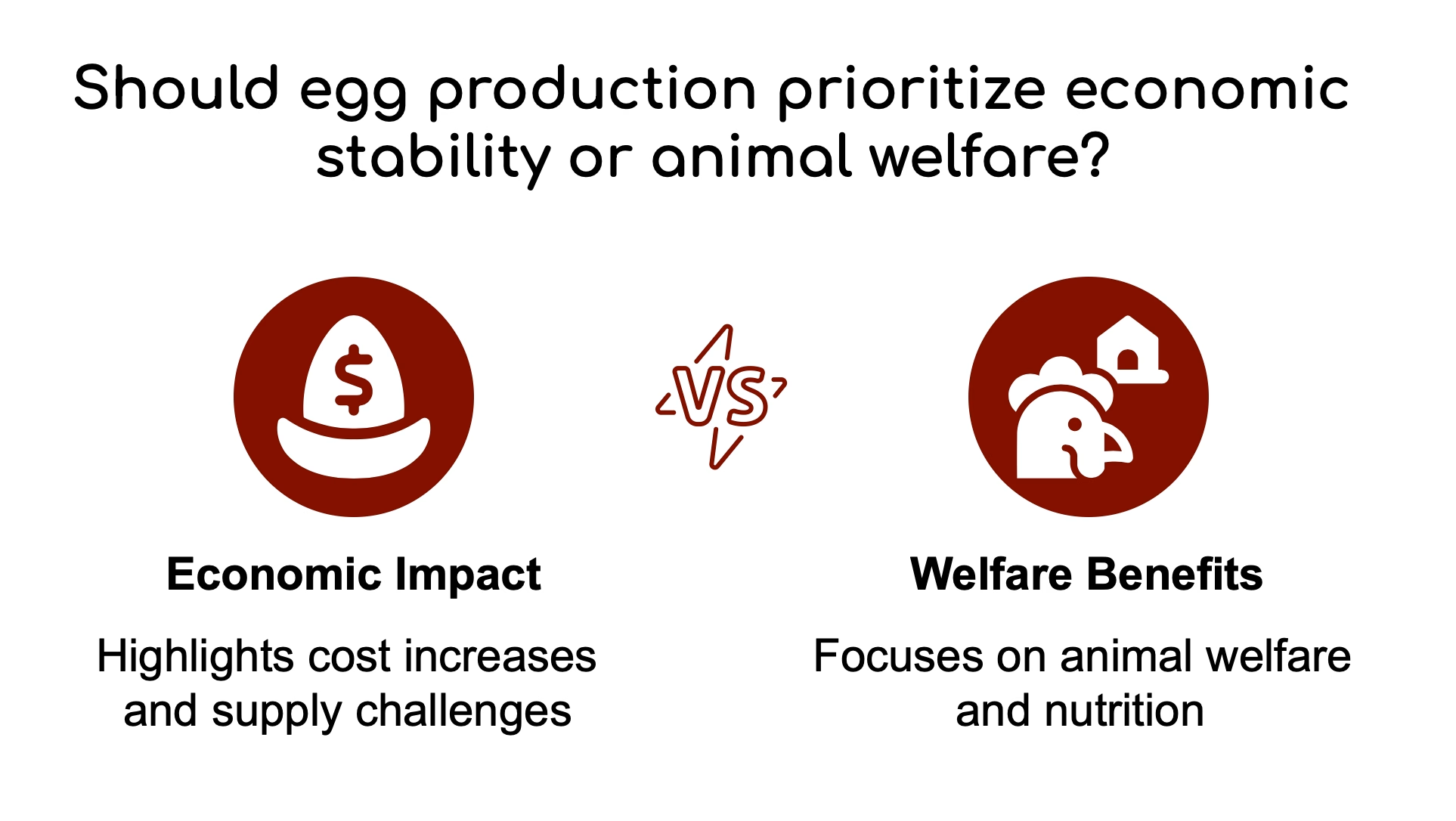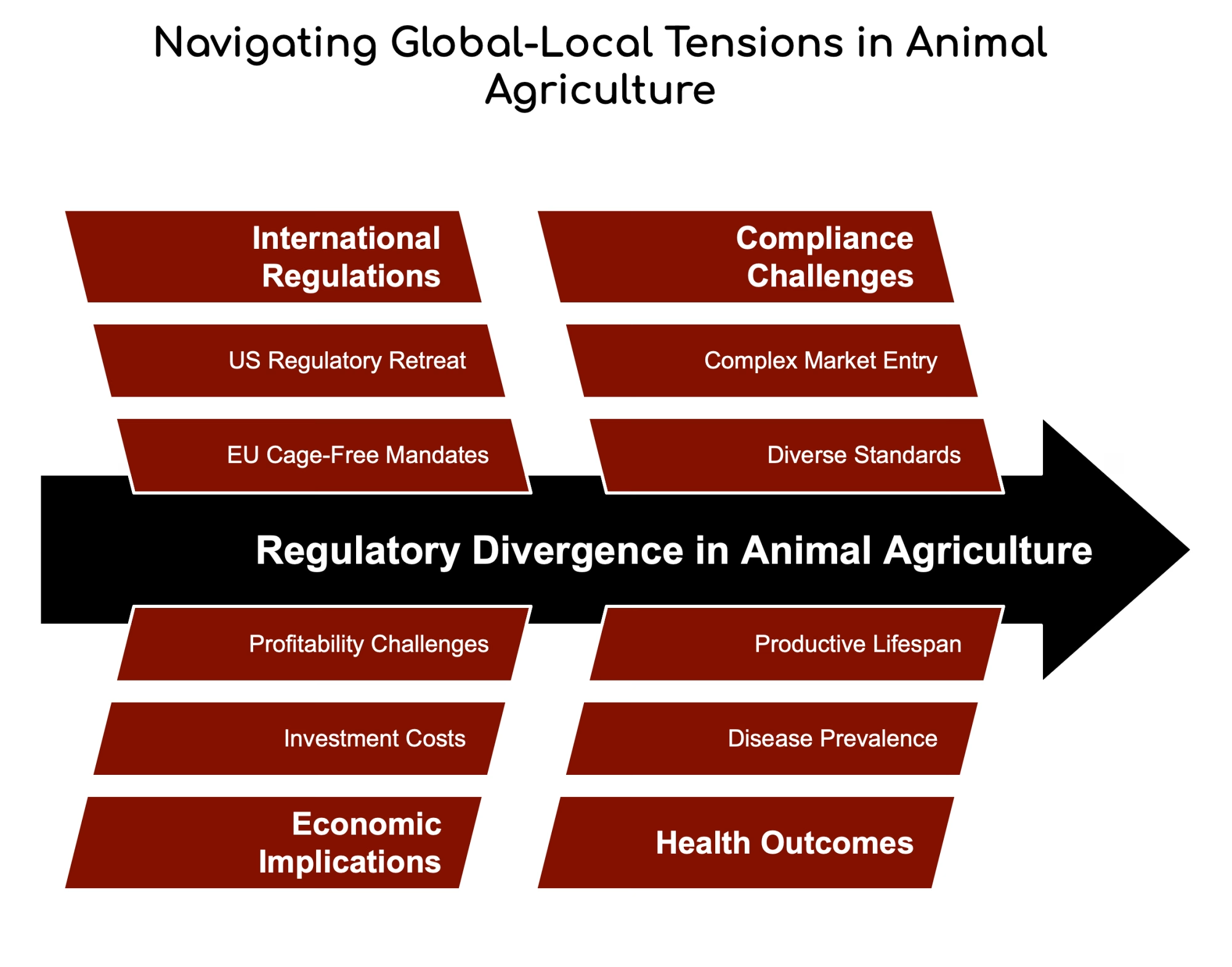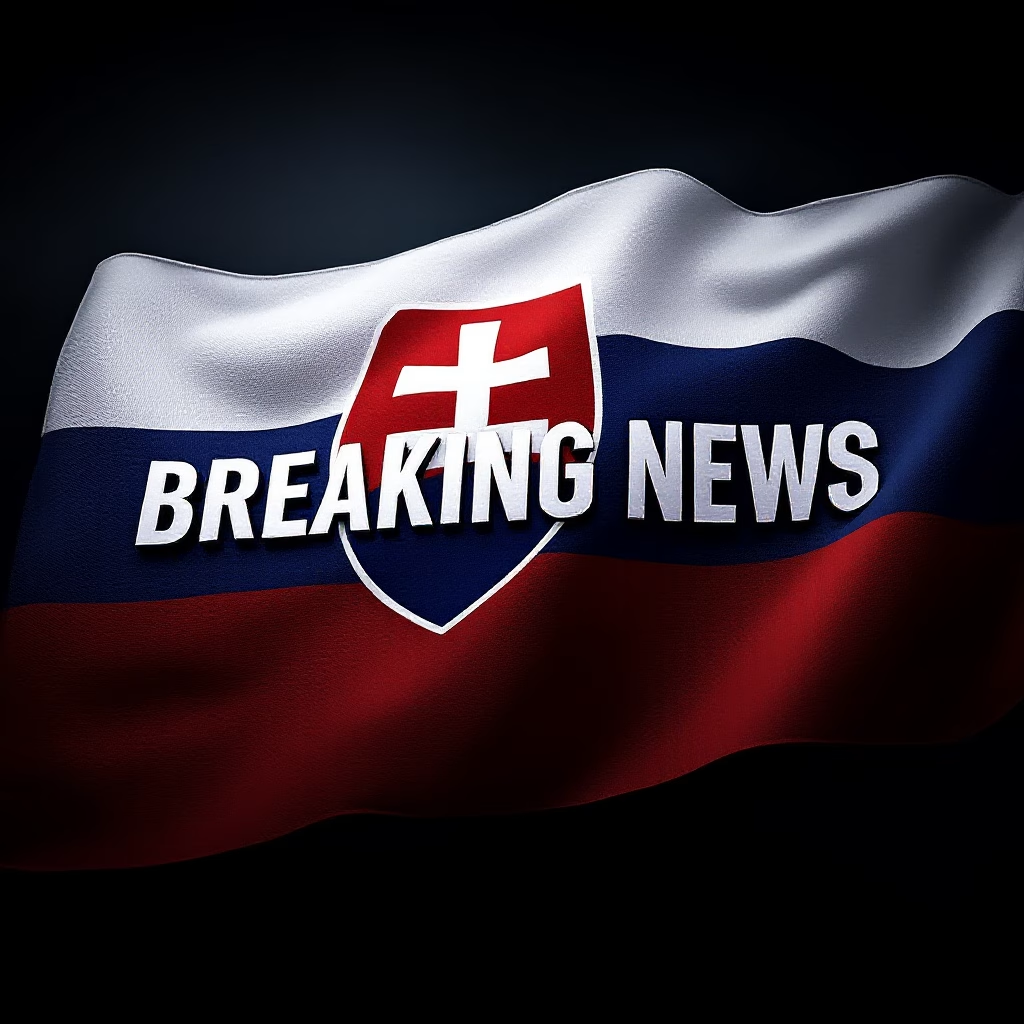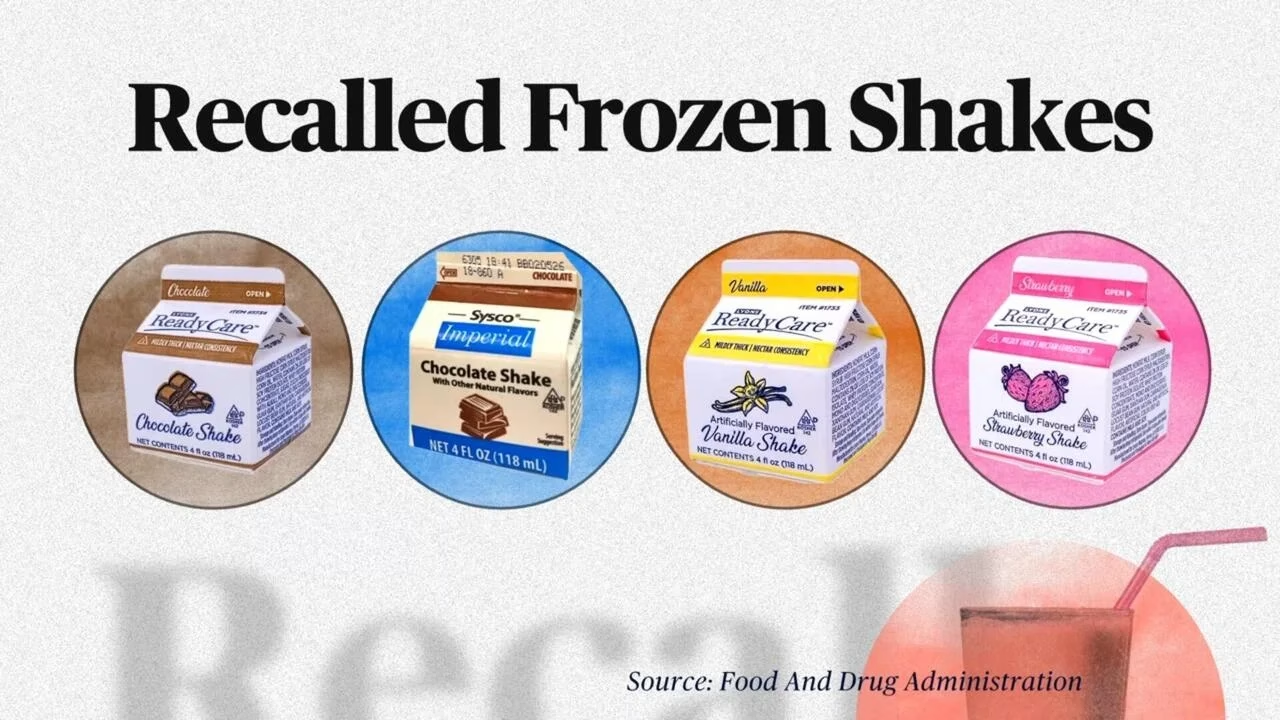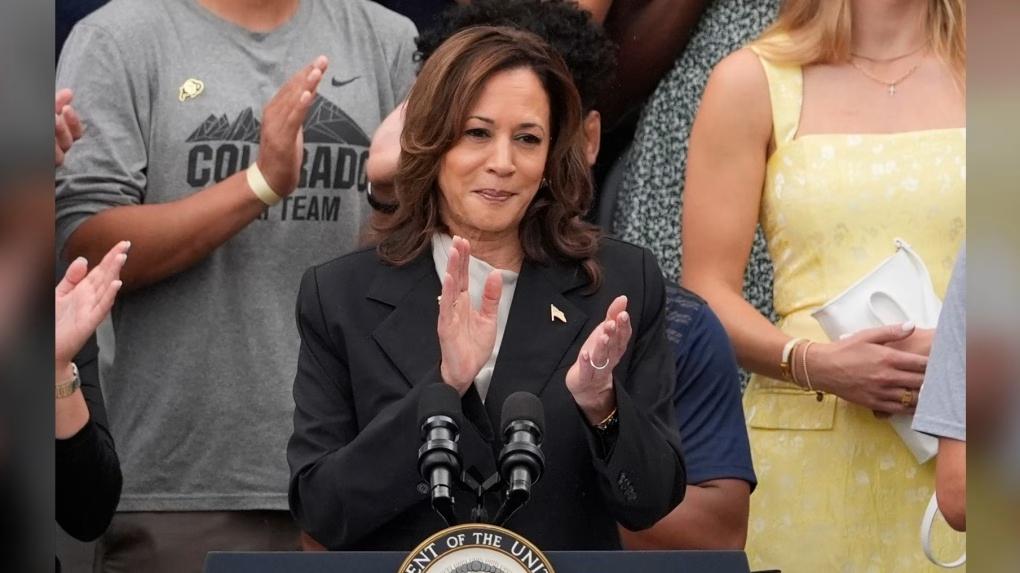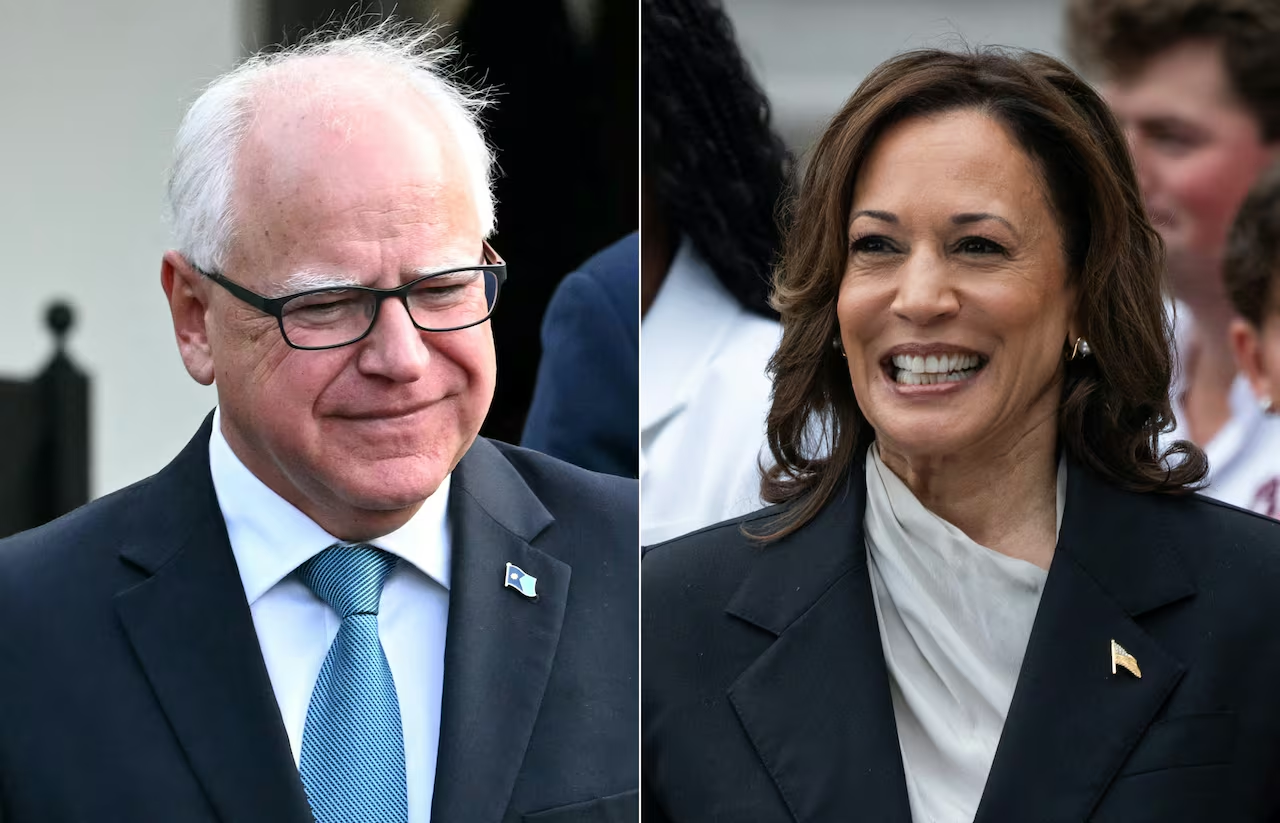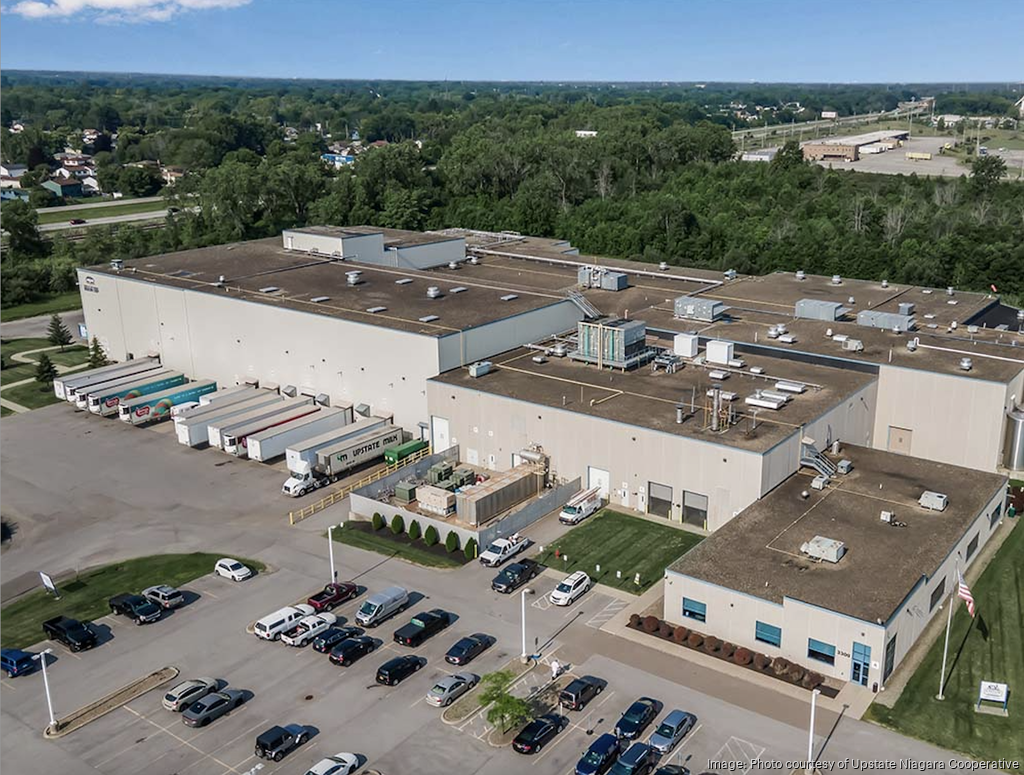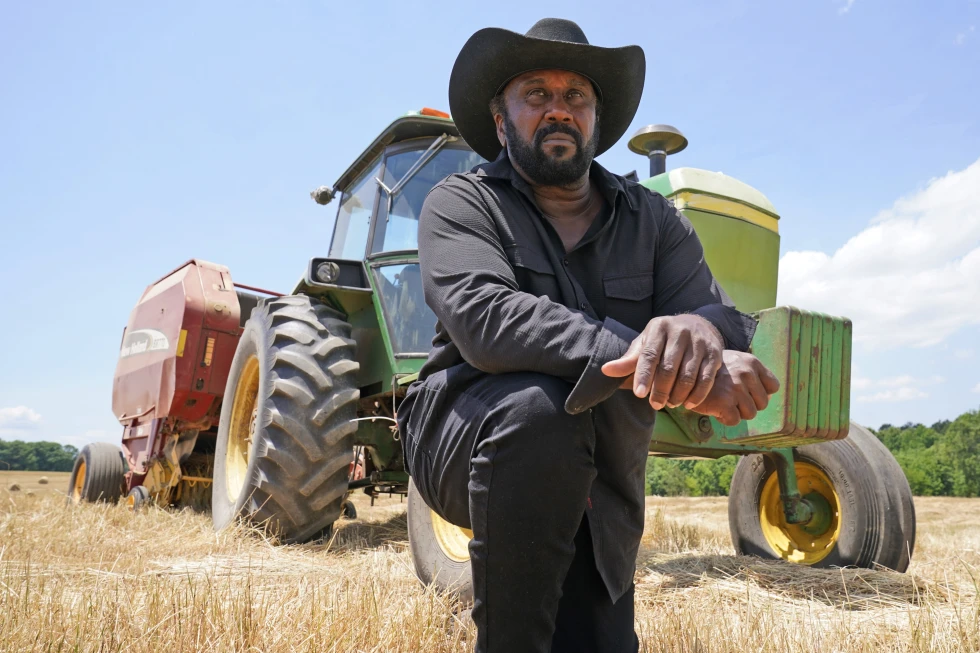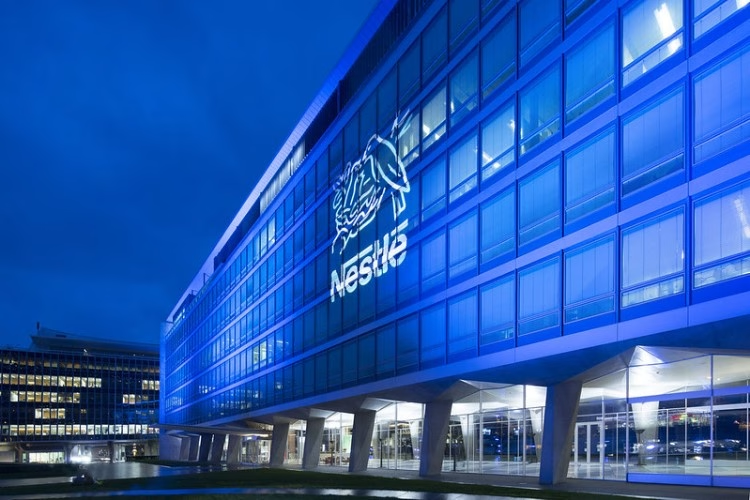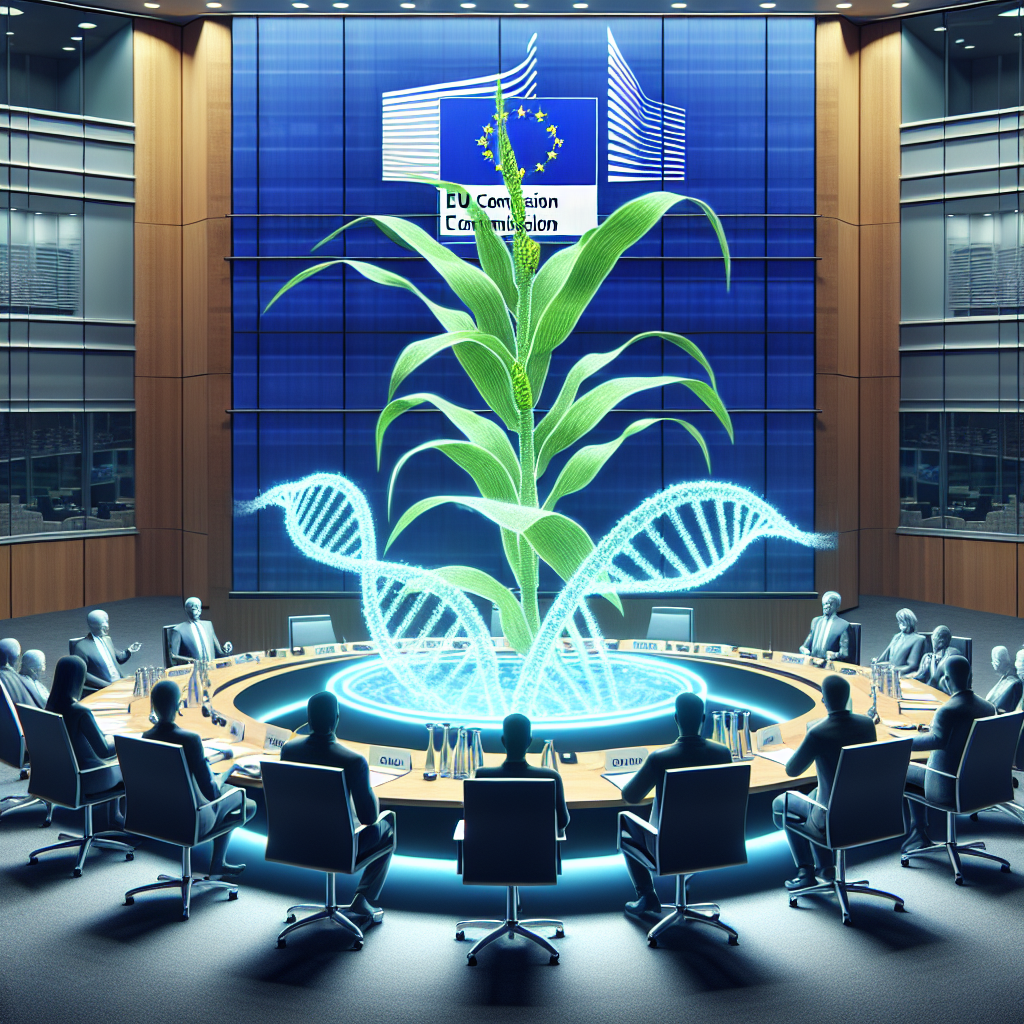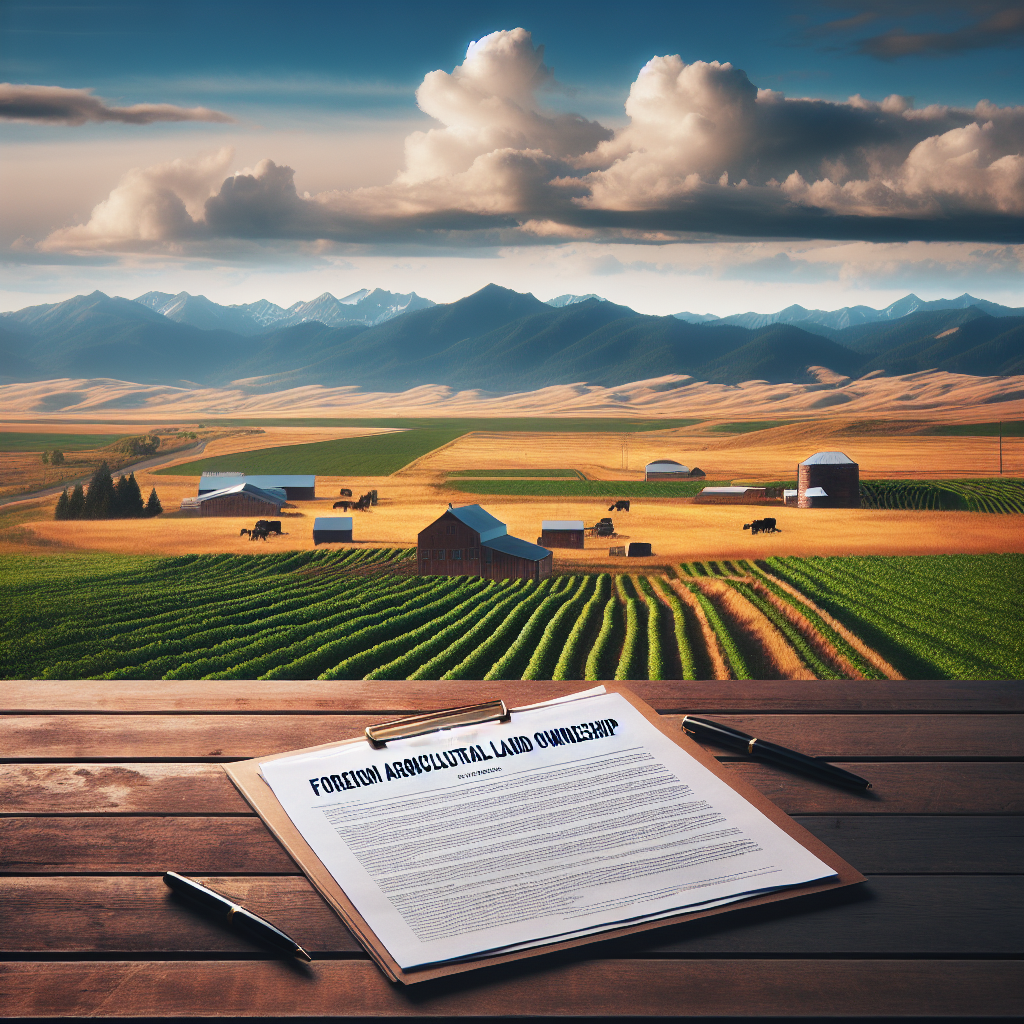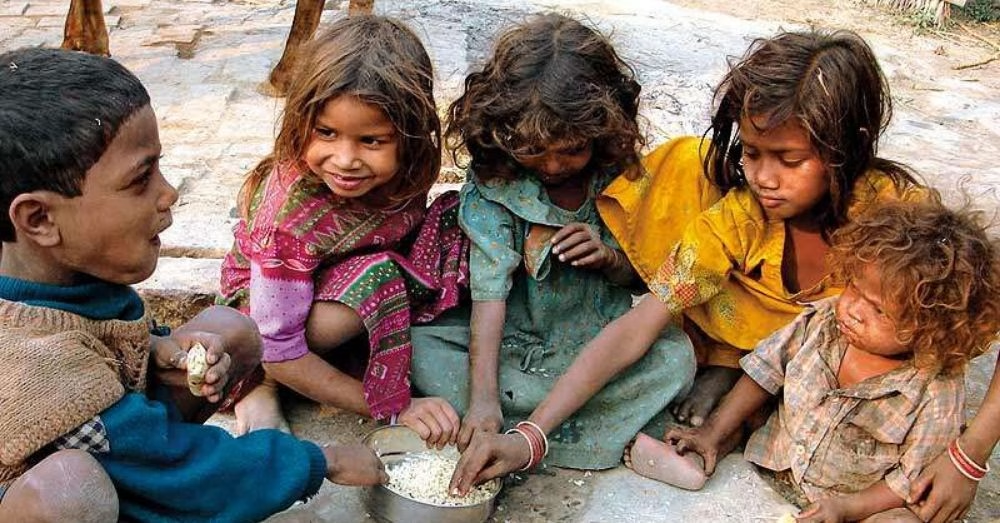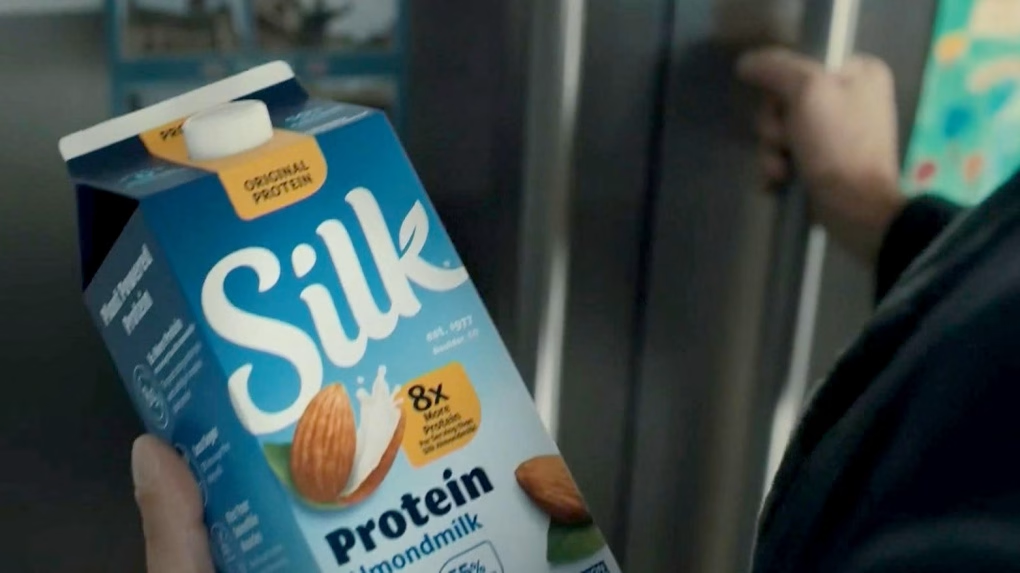Hungary deploys troops against the worst FMD outbreak in 50 years, and it has discovered critical biosecurity lessons for dairy farms facing global disease threats.
EXECUTIVE SUMMARY: Hungary’s military has mobilized to contain a rapidly spreading foot-and-mouth disease (FMD) outbreak, its first in over 50 years, affecting 3,500 cattle across four farms. The crisis highlights airborne transmission risks, costly trade restrictions, and the need for aggressive biosecurity. Slovakia and Germany also report cases, and the outbreak exposes vulnerabilities in European livestock defenses. The article details Hungary’s military-led disinfection protocols, culling operations, and movement restrictions while offering actionable strategies from the FARM Biosecurity Program. Producers worldwide gain insights into cost-effective vaccination approaches, wildlife risk management, and immediate steps to protect herds from catastrophic losses.
KEY TAKEAWAYS:
- Military-grade biosecurity (disinfection checkpoints, movement logs) is critical for containing airborne diseases like FMD.
- Vaccination beats culling in dense livestock areas, reducing losses by up to 35% in milk yield (Kenyan data).
- Every farm needs:
- A line of separation between clean/dirty zones
- 30-day quarantines for new animals
- Wildlife exposure audits
- FMD’s economic devastation includes 20-30% milk losses and export bans—proactive biosecurity is cheaper than recovery.
- Global outbreaks are rising (Germany 2025, Slovakia 2025), demanding industry-wide preparedness upgrades.
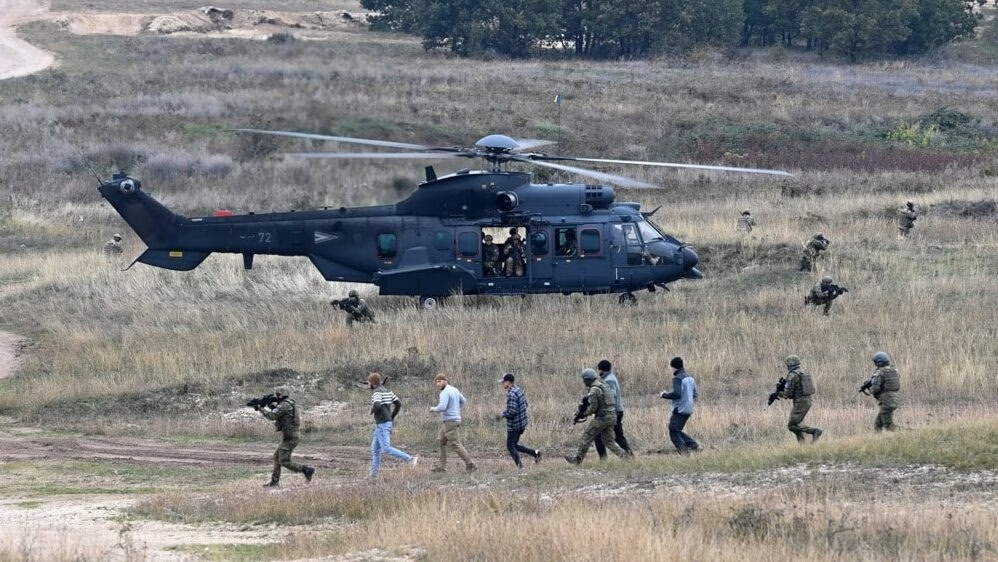
Hungary has mobilized its military and implemented aggressive disinfection protocols to combat a rapidly expanding foot-and-mouth disease (FMD) outbreak that threatens the European dairy industry. Two new cases were confirmed on April 2, 2025, bringing the total to four affected farms and 3,500 cattle. This crisis represents Hungary’s first encounter with the devastating disease in over 50 years. As biosecurity measures intensify across Europe, dairy producers worldwide face urgent lessons about protecting their operations from similar threats.
The Hungarian Outbreak: A Timeline of Escalation
The FMD crisis in Hungary began on March 3, 2025, when clinical signs were first observed at a dairy farm in Kisbajcs, a northwestern town near the Slovak border. Laboratory confirmation came on March 6, with Hungary officially reporting the outbreak to the World Organisation for Animal Health the following day. This marked Hungary’s first FMD case since 1973.
The situation escalated rapidly. By March 26, a second outbreak was confirmed in Levél, affecting a 3,000-head dairy operation less than 30 miles from the initial site. Then, yesterday, April 2, Hungarian Agriculture Minister István Nagy announced two additional outbreaks in Darnózseli and Dunakiliti, bringing the total number of affected cattle to 3,500.
“We are taking every possible measure to avert any further outbreaks,” Nagy stated in a Facebook video yesterday. The Hungarian government has responded with unprecedented force, deploying military personnel to assist with containment efforts and establishing comprehensive disinfection protocols.
Military-Grade Biosecurity Measures
Hungary’s response represents a wartime approach to disease containment that offers critical lessons for dairy operations worldwide. Key measures include:
Border and Highway Disinfection Points: Authorities have established disinfection stations at all border crossings from Rajka to Esztergom, requiring disinfecting vehicles before entering or leaving the country. Additional disinfection points have been installed at every exit from Hegyeshalom to Bőny on the M1 motorway, with disinfection mats deployed to prevent viral spread beyond affected areas.
Military Deployment: In an unprecedented move, Hungary has called defense forces to ensure “virus control can be carried out in an orderly and disciplined manner, 24 hours a day, under controlled conditions,” according to Minister Nagy. This military assistance underscores the national security implications of significant livestock disease outbreaks.
Culling Operations: The infected herd from the first outbreak (1,400 cattle) has been culled, with similar operations underway at subsequently affected farms. Notably, Hungarian authorities have ordered mandatory culling of pigs in affected areas due to their potential role in virus transmission.
Movement Restrictions: Hungary established 3km protection zones and 10km surveillance zones around affected farms, which extended into neighboring Slovakia. To prevent further spread, grazing restrictions have been enforced along a 10km strip near borders.
The Science Behind the Spread
Understanding FMD transmission is crucial for effective prevention. The Hungarian National Reference Laboratory has identified the virus as serotype O, sharing 98-99% similarity with a strain isolated in Pakistan in 2017-2018. This suggests a potential epidemiological link to South Asian outbreaks rather than a connection to Germany’s January 2025 FMD case involving a different strain.
Transmission routes under investigation include:
- Human vectors (clothing, shoes)
- Exposure to infected animals
- Animal trade and movement
- Contaminated animal products
- Potential wildlife reservoirs (wild boar, deer)
The virus is also spread by wind, which authorities believe is the most likely transmission mode in northwestern Hungary. This airborne transmission capability makes it difficult to contain FMD once established in a region.
Economic Stakes: Why This Matters to Every Dairy Producer
Hungary’s cattle population is 861,000 head, representing 1.2% of the European Union’s total cattle inventory. While this may seem modest, the economic implications of FMD extend far beyond the immediate losses of culled animals.
Studies from Kenya show FMD outbreaks can reduce milk yields by 35% in high-producing cows, with animals in their fourth or higher lactation losing an average of 688kg of milk per lactation. That research indicates that 94% of FMD-affected dairy farms report production losses averaging 20-30% during outbreaks.
Beyond production losses, trade restrictions typically follow FMD outbreaks. The Czech Republic has already banned imports of certain animal products from Hungary, Slovakia, and parts of Austria despite having no confirmed cases. Such restrictions can devastate export-dependent dairy economies.
Biosecurity Lessons: The FARM Program Approach
The current European outbreaks highlight the critical importance of biosecurity protocols like those developed by the National Dairy Farmers Assuring Responsible Management (FARM) Program. Launched in 2021, FARM Biosecurity builds on existing animal care practices and provides two complementary approaches that all dairy operations should implement immediately.
Everyday Biosecurity: Your First Line of Defense
These fundamental practices focus on preventing common diseases like contagious mastitis, respiratory infections, and scours. Key components include:
- Minimizing wild bird access to cattle and their environment
- Managing cattle movements and transportation
- Limiting livestock contact to essential personnel only
- Avoiding raw milk feeding to calves, cattle, and other mammals
- Following good milking practices and sanitizing equipment after use with new, returning, or sick cattle
- Separating new or returning animals and isolating sick animals
Enhanced Biosecurity: Critical During Disease Outbreaks
For situations like the current European FMD crisis, enhanced measures become essential:
- Establishing a clear line of separation between farm areas
- Limiting animal movement as much as possible
- Using pre-movement testing before relocating animals
- Maintaining detailed logs of visitors, deliveries, and animal movements
- Implementing protective gear protocols for animal caretakers, including eye, nose, mouth, and hand protection when contacting animals, carcasses, milk, or manure
Cost-Effective Containment Strategies
Recent research on FMD control strategies offers valuable insights for policymakers and producers. A study examining different livestock settings in Italy found that while stamping-out (culling) was sufficient to control outbreaks in sparsely and medium-populated areas, only vaccination could effectively control epidemics in densely populated livestock regions.
The economic analysis revealed that while livestock indemnity due to culling had the highest cost impact across all scenarios, vaccination proved to be the most cost-effective option in densely populated livestock areas. This suggests that vaccination strategies should be considered alongside culling in regions with high livestock density.
The researchers emphasized that “maintaining an entirely non-immune population of animals susceptible to FMD requires permanent disease awareness and preparedness.” They also noted that contingency plans must be flexible enough to adjust to specific circumstances, as no single solution works for all possible situations.
Practical Steps for Your Operation Today
Based on the Hungarian outbreak and FARM Program guidance, here are immediate actions every dairy producer should take:
- Identify your line of separation – Clearly mark where the “clean” and “dirty” zones of your operation begin and end
- Implement visitor protocols – Require clean boots and sanitized clothing and maintain detailed movement logs for all farm visitors.
- Establish quarantine procedures – Create isolation facilities for new animals with 30-day quarantine periods and testing before integration.
- Evaluate wildlife exposure – Assess and minimize contact between your herd and wild animals that could serve as disease vectors.
- Review feed and milk handling – Ensure pasteurization of milk fed to calves and proper handling of all feed ingredients
- Train staff on biosecurity – Ensure all employees understand and follow protocols consistently.
- Develop an outbreak response plan – Create clear procedures for immediate action if suspicious symptoms appear.
Global Context: Not Just Hungary’s Problem
The Hungarian outbreak is part of a pattern of FMD resurgence in Europe that is concerning. Slovakia has detected outbreaks at five locations since reporting its first cases in March 2025. Germany confirmed its first FMD case since 1988 in January 2025, detected in water buffalo near Berlin.
This pattern suggests potential weaknesses in Europe’s biosecurity infrastructure that could have global implications. A 2015 study examining FMD outbreaks across multiple countries (including Hungary) found that government expenditures for slaughter and compensation were extremely costly, especially during large or prolonged outbreaks. The study concluded that measures compensating financial losses at the farm level generated the highest share of government expenditures in the short run.
The Bottom Line for Dairy Producers
The Hungarian FMD outbreak is a stark reminder that even in regions with advanced veterinary systems, devastating livestock diseases can reemerge after decades of absence. This crisis underscores the importance of proactive biosecurity measures rather than reactive responses for dairy producers worldwide.
Dr. James Wabacha, lead author of a Kenyan FMD study, warns: “Smallholder farms using European genetics face disproportionate risks. A single outbreak can erase years of productivity gains”. This applies equally to large commercial operations, where the financial stakes can be even higher.
By implementing comprehensive biosecurity protocols now, dairy producers can protect their own operations and contribute to the resilience of the global dairy industry against emerging disease threats. The time to strengthen your farm‘s defenses is before—not after—an outbreak reaches your region.
Remember: In biosecurity, prevention is not just better than cure—it’s often the only viable option.
Learn more:
- How Foot-And-Mouth Disease Outbreaks Are Reshaping Dairy Farm Protocols
- Foot-and-Mouth Disease Resurfaces in Germany: A Wake-Up Call for European Livestock Industry
- Boosting Farm Safety: Understanding Biosecurity in Canadian Dairy Farming
 Join the Revolution!
Join the Revolution!
Join over 30,000 successful dairy professionals who rely on Bullvine Daily for their competitive edge. Delivered directly to your inbox each week, our exclusive industry insights help you make smarter decisions while saving precious hours every week. Never miss critical updates on milk production trends, breakthrough technologies, and profit-boosting strategies that top producers are already implementing. Subscribe now to transform your dairy operation’s efficiency and profitability—your future success is just one click away.







 Join the Revolution!
Join the Revolution!

